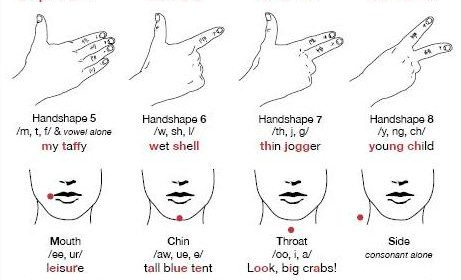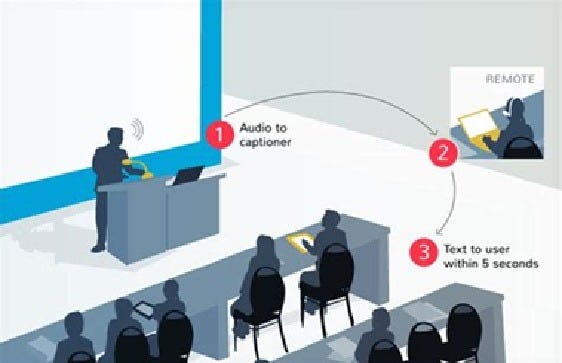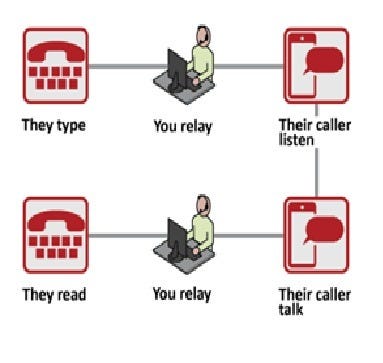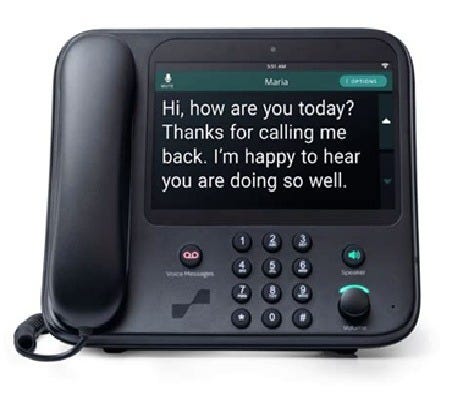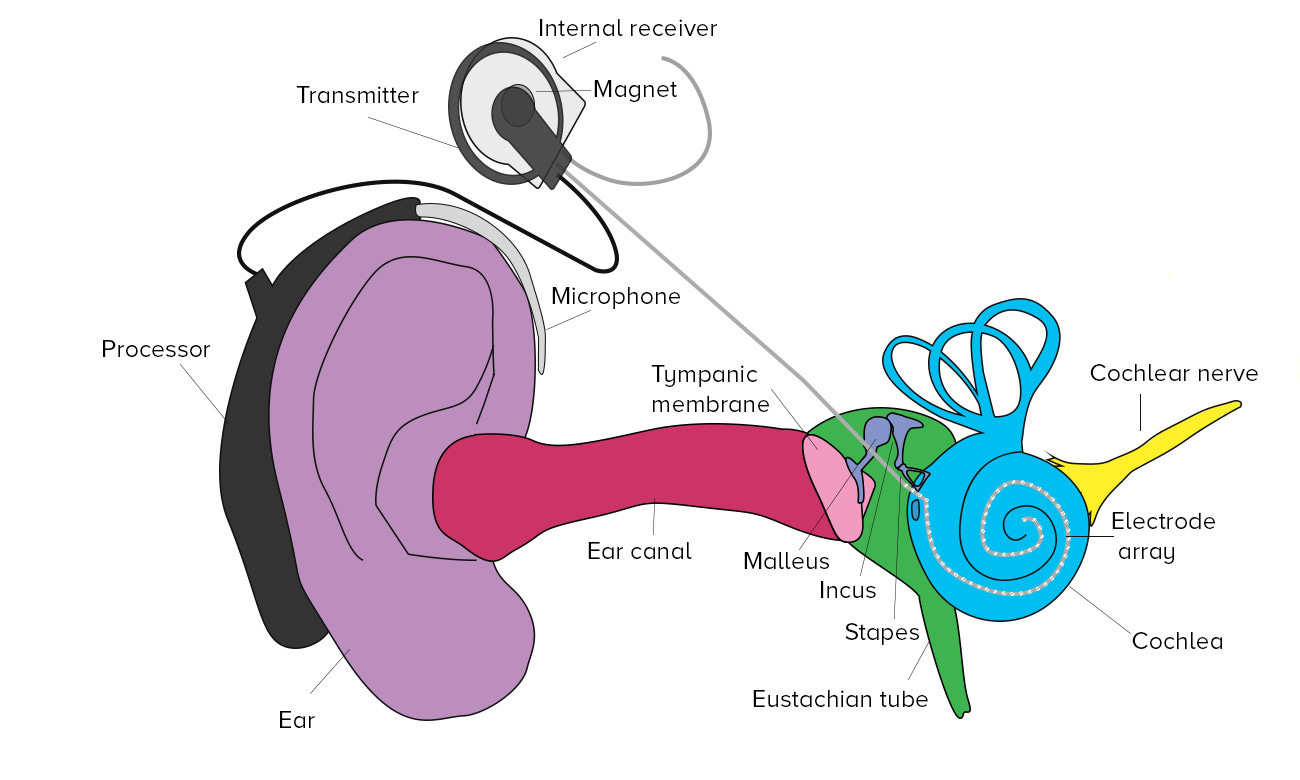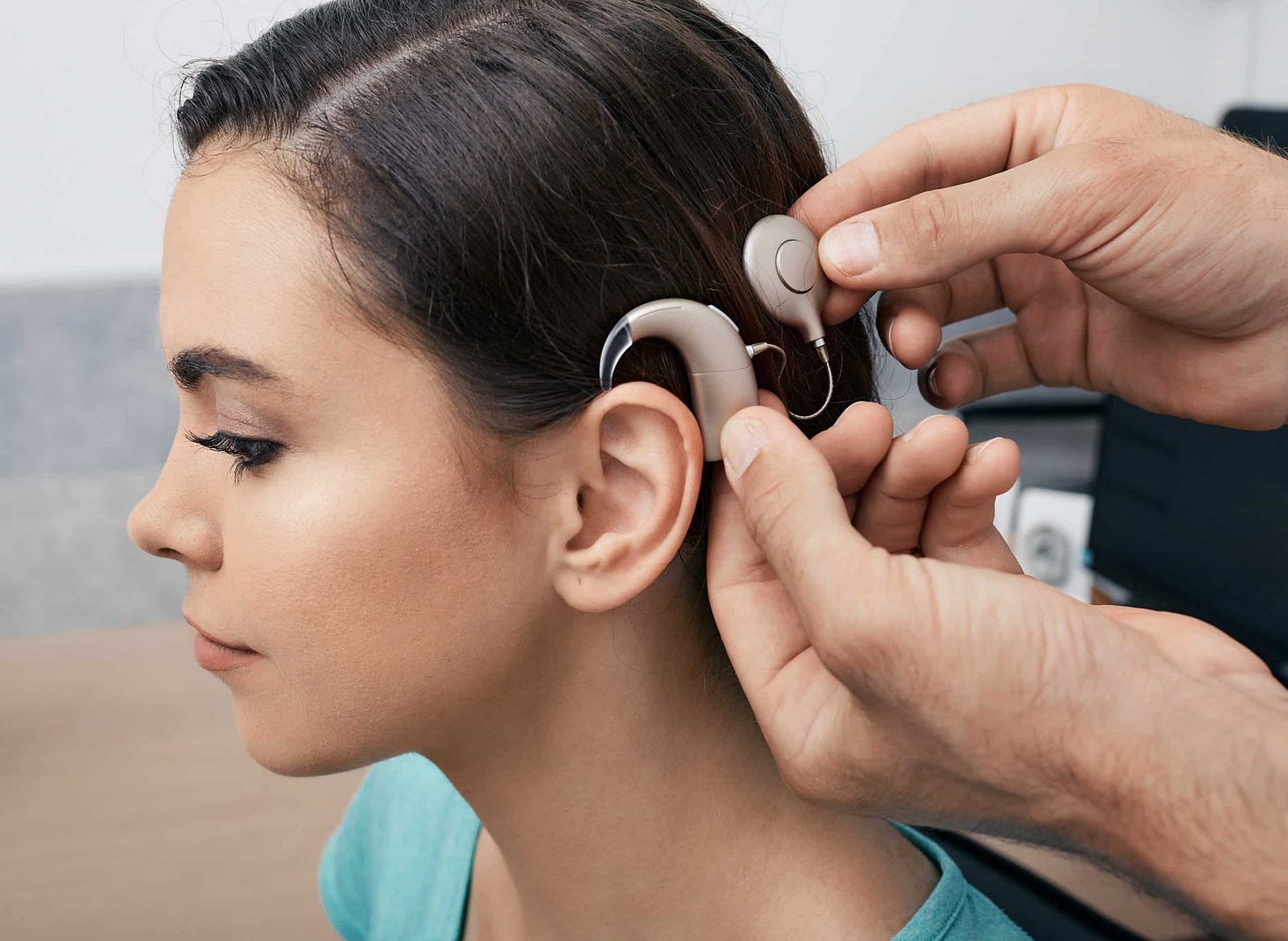“Deaf” spelled out in sign language.
I. Introduction
This series of posts deals with Christian outreach to the deaf and the Deaf Community. To discuss this topic, we first need to know who the deaf are. In addition, we need to identify the elements of the Deaf Community and to learn more about its culture. Moreover, we also need to consider some of the challenges of reaching the deaf for Christ.
II. Who are the Deaf
Who are the deaf? Deaf (with a little d”) generally means those who are medically viewed as having a significant hearing loss. The Deaf (with a capital “D”) generally refers to those who identify with the Deaf Culture and who utilize sign language. In a separate part of this post, I will discuss what is called the “Deaf Culture.” The members of the Deaf Community consider themselves to be the “Deaf.” Surprisingly, it has only a limited relationship to the ability to hear. To many members of the Deaf Community, if you don’t sign then you are not “Deaf” and you are not a member of the “Deaf Culture.” For instance, one relative is eighty and has lost 65% of his hearing in both ears, however, he neither signs nor does he identify with the Deaf or the Deaf Culture. The second relative has hearing so bad that she has had to have a Cochlear Ear Device implanted. Again, she neither identifies with the deaf nor does she sign. To many in the Deaf Community, she would not be viewed as being “Deaf”.
To make things more confusing, if we try to determine deafness by hearing ability alone, it is still difficult to know when you cross the boundary from being “hearing” to being “deaf.” Census surveys and other surveys often use questions such as: “Do you consider yourself deaf or hard of hearing?” Neither term is generally defined. In the medical community, deafness is often determined by an inability to hear based upon the number of decibels (“dB”) which you can hear. Some of the terms are:
Mild deafness or mild hearing impairment—a person can hear sounds between 25-29 dB. They may find it difficult to hear other people especially if there is background noise.
Moderate deafness or moderate hearing impairment-a person can only hear sounds between 40-60 dB. They need a hearing aid to help hear a conversation.
Severe deafness—Hears between 70-89 dB. This sound is equivalent to the sound of an alarm clock or a vacuum cleaner. Person needs to use sign to communicate even if they have a hearing aid.
Profound Deafness—Hears no sounds below 90 dB. 90 dB is about the sound that a passing motorcycle or a gas mower would make. Needs to sign or lip-read.
III. How many deaf are there in the United States?
It is difficult to calculate the number of people who are deaf in the United States for a number of reasons. First, the population keeps increasing. Secondly, the number of deaf depends upon how you define deafness. Third, the census information is not reliable and is based upon whether the person taking the census considers themselves to be deaf or have serious difficulty in hearing.
For purposes of this posting I am assuming that the United States Population in 2025 is about 346,000,000 people. The percentage who are deaf is somewhere between 2% to 3.6% according to various sources. This means that the number of deaf and those with serious hearing problems would range somewhere between 6.9 million people to 12.5 million people.
The Hearing Loss Association of America estimates that 48 million people in the United States have SOME degree of hearing loss.
IV. Some Other Statistics
Below are some other interesting facts and statistics about deafness and hearing loss:
· 97% of the Deaf do not attend church;
· 13% of people over 18 have some difficulty with hearing;
· Between 45-64, 2.8% of men and 1.9% of women use a hearing aid;
· Of adults 60 and older 25% have a disabling hearing loss;
· 28.8 million people in the U.S. could benefit from having hearing aids;
· 2-4 people of every thousand are functionally deaf with the majority being age 65 or older;
· 4% of the hearing-impaired are under 18;
· 12 out of 1,000 persons under 18 are deaf;
· More than 60% of the deafness in children is from heredity;
· Only 4% of deaf children ever attend college;
· 50% of the deaf and hearing-impaired are over 65;
· 40.3% of adults age 75 or older have hearing loss.
V. In What Ways do the Deaf communicate?
The deaf communicate in numerous ways. Some of the ways are set forth below:
Sign Language
We will deal with sign language at another point in this post. However, sign language is not confined just to hand signs and gestures. It includes these gestures as supplemented by body language and facial expressions.
Speech Reading
Some of the deaf read lips. They will watch your lips in order to understand what you are saying. This is also called “lip reading.”
Gestures and Facial Signs
The use of gestures and facial cues are much more prevalent among the deaf than among the hearing. Communication is often greatly enhanced in this manner.
Writing
The deaf often communicate with the hearing through writing notes. A tablet and a couple of pens can go a long way in assisting communication.
Cued Speech
Cued speech should not be confused with sign language. Cued Speech was invented by R. Orin Cornett at Gallaudet College in 1966 as a way of helping the deaf to understand the phonetics of spoken speech. It uses eight hand shapes in four positions around the mouth to clarify the sounds of spoken language especially to deaf children.
Cued Speech Positions
Communication Miscellaneous
The Deaf often have individualized way of communication and may utilize a variety of methods due to their personal history. It is important to understand that the methods of communication are not uniform and it is helpful to understand exactly how a deaf person prefers to communicate. Do not make too many assumptions.
VI. All Sign Language is Not the Same
All sign language is not the same. First, the sign language in various countries differs just as hearing languages differ. The sign language in the United States was birthed through French sign language which ultimately evolved into ASL. Some of the West African Sign Languages came from ASL and therefore they too have a French/American background. Interestingly, even though ASL came from old French Sign Language, the two languages are not mutually intelligible.
Most countries have their own sign language. For instance, in China they use Chinese Sign Language which is called “CSL” or “AGS.” CSL is a result of the development of two very different sign languages backgrounds one of which was a French Catholic influence and the other from a completely different approach coming out of the Milan Conference of 1880. CSL has its own basis for signs. In addition, CSL is quite different from Taiwanese sign language. CSL had about 4.2 million signers in 2021.
India, Pakistan and Bangladesh, which are very populous, uses Nepalese sign language. Indonesia uses a sign language which came from the French and has about 900,000 users which is almost double the number of people in the U.S. who use ASL.
There is also an international sign language which is called “International Sign” or “International Gesture.”
Currently there are about three hundred sign languages in the world. In addition, there is about as much variation in sign language as there is in spoken languages. There are a number of people who are capable of using sign language who are not deaf or hard of hearing. Current estimates, however, are that there are about 70 million people in the world who are deaf or hard of hearing who use sign.
In the United States we have several varieties of sign language which are discussed below.
American Sign Language (“ASL”)
The primary sign language in the United States and Canada is ASL. About one half of the signs of ASL come from the Old French Sign Language. ASL has slight variations in deaf communities in various parts of the United States. In addition there is even a dialect called Black American Sign Languages that uses different slang and phrases than ASL.
Interestingly, there are only about 500,000 people in the United States who use ASL. This means that only 1% of the deaf or hearing-impaired people use ASL. The numbers appear to be skewed due to the fact that there are so many elderly people who have impaired hearing who do not use ASL or other forms of sign language. These elderly are generally overlooked and not included in the Deaf Culture which will be discussed in detail in a future post.
Exact English
Exact English Sign uses ASL signs for words and finger spelling (spelling out letters of the alphabet by hand) but they place the words in the same order as English and use sentence and grammar structures like English.
Pidgin Signed English
This is a blend of ASL and English. It uses parts of English grammar, word order, more finger spelling and mouthing of English words.
Tactile Signing
Tactile signing is often used among those who are deaf and blind. It uses touch to communicate language and often employs a manual alphabet.
Home Signs
These signs are generally developed at home by deaf children who do not have the benefit of ASL or other deaf training. For instance, Helen Keller had developed about sixty signs to use at her home before she was taught letters by touch.
Summary of Sign Language
In summation, all sign is not the same. Sign languages in different countries differs. Moreover, even in the United States fluency in one type of signing may be different than another type of signing. That being said, the most predominant form of sign in the United States and Canada is ASL. In addition, one needs to make sure of what type of audience you are addressing and not assume that all people who use sign use the same sign language.
VII. Deaf Communication through Technology
Technology has been of great assistance in promoting communication among the Deaf. Communication methods are varied. For instance you might have deaf to deaf contact. You might have a deaf person try to contact a hearing person. In addition you might have a hearing person try to contact a deaf person. Technology can be of great assistance in all types of communication situations. A few of the technologies which can be used are set forth below:
Social Media Platforms
Social Media platforms are useful in communicating with one another. For instance, in our family we have both deaf and hearing members. Photos and text regarding vacations, sports and daily events can be posted by hearing and deaf members of the family on apps like Facebook and Instagram and contact can be maintained. Not only can you post text and photos but you can also post videos.
Instant Messaging and Texting
Instant messaging and texting is like having a tablet and a pen at hand and passing notes back and forth. The good news is that you can do it electronically and do not need to be in the same room. Two parties can communicate in real time by text messaging back and forth.
Real-Time Captioning
Real-Time Captioning is also known as “live captions” or Communication Access Real-time Translation (“CART”). A trained professional converts spoken words into print and then the print or captions are placed on a laptop, tablet or screen for people to read.
Real Time Captioning
Telephone Relay Service (“TRS”)
In most telephone relay service one needs a phone with a teletypewriter (“TTY”). A hearing person can call an exchange such as 711 and get a Communication Assistant who will type the telephone message so that it can be received by the person owning the TTY. When a response is made by the deaf person, the Communication Assistant reads the response to the hearing person. Thus by using a third party with a TTY, communication is expedited between the hearing person without a TTY and the deaf person who has a TTY.
Phone with a Teletypewriter
Video Relay Services (“VRS”)
A video relay service is used between a deaf person who want to sign and a hearing person who is not proficient in sign. In short, a hearing person who does not sign can call an interpreter who will convert the conversation of the hearing person into sign which the deaf person can read by video. Likewise there is a Video Interpreting Service where a signing person can use the service and a message in sign from a deaf person will be interpreted into audible language and passed on to the hearing recipient.
Video Relay Service
Video Chatting
By using video chatting, two persons desiring to talk in a sign language can set up a video conference and talk to each other in sign.
Video Chatting
Cochlear Ear Implants
A Cochlear implant is an electronic device which can help to provide a sense of sound to those who are deaf or who have lost hearing. Part of the device Is is implanted. It directly stimulates the auditory nerve allowing the recipient to interpret signals as sounds and speech.
Diagram of Cochlear Implant
Person with Cochlear Implant
Cochlear implants were invented in 1957 but modern implants began in the 1970’s but over the years their technology and efficacy have improved and become progressively better. As of 2022, in the U.S., 118,100 adults and 65.000 children have received cochlear implants.
The use of the Cochlear ear implants is a “hot button” with certain members of the Deaf Community who do not believe that “deafness” needs to be fixed by using medical devices. Instead they see sign language as being just like any other language and devices like this detract from the benefits of Deaf Culture. Advantages of this device are today more recognized than they were ten years ago and the risk of use has been reduced with more modern developments although the risk is not eradicated.
VIII. Conclusion
In this post, we have tried to define who the “deaf” are and the number of people who may be deaf. We have also reviewed the varieties of sign language as well as some of the technologies which are currently available to assist in communication involving the deaf. In our next post, we will discuss some of the characteristics of the Deaf Culture.





